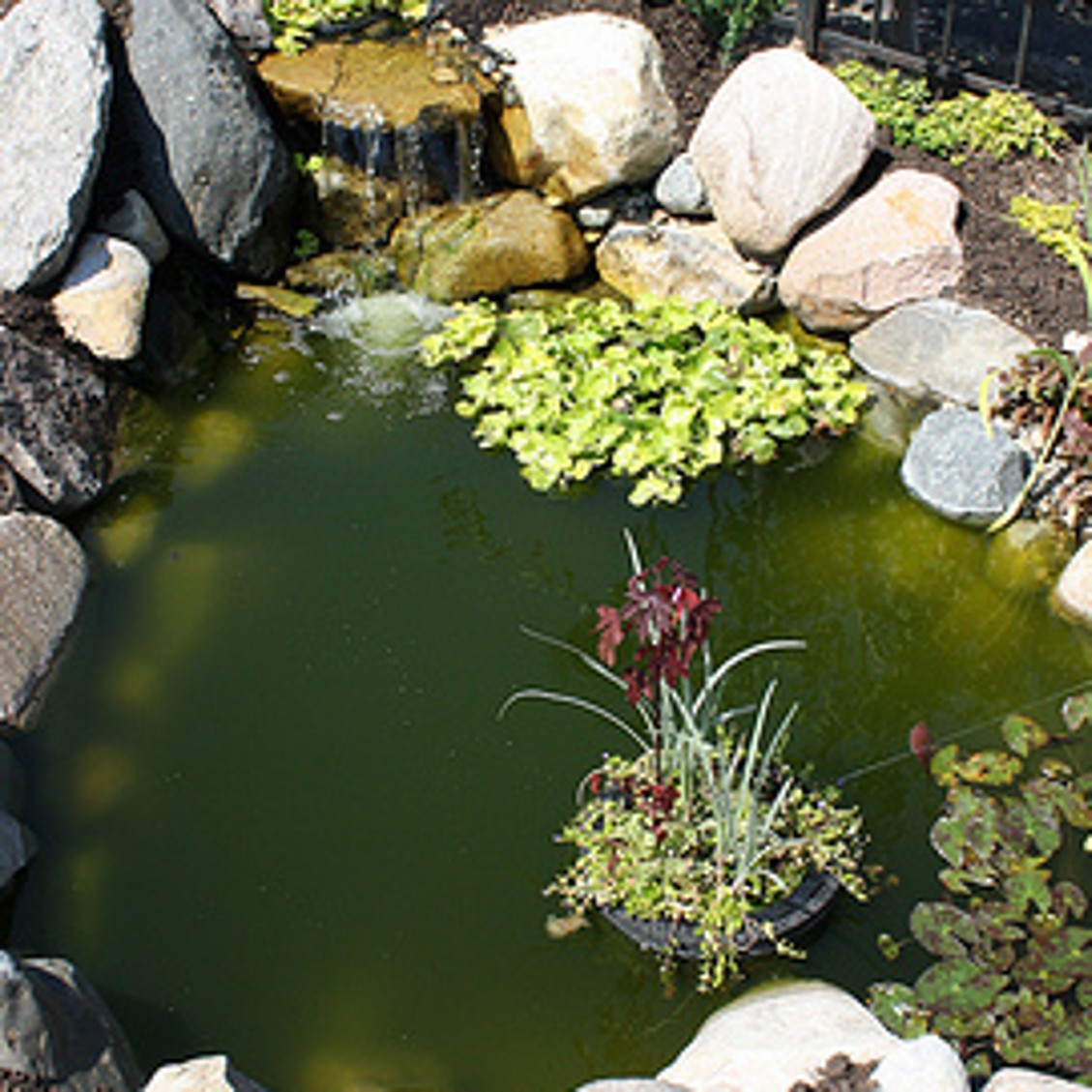
10 Effective Ways to Remove Algae from Your Koi Pond
Introduction
Maintaining a healthy koi pond requires a lot of effort. One of the common issues that koi pond owners face is the growth of algae. Algae not only makes your pond look dirty but it also affects the quality of water, making it unfit for the aquatic life. Therefore, algae removal is crucial for the healthy growth of fish and aquatic plants in your pond. In this article, we will discuss the 10 most effective ways to remove algae from your koi pond.
1. Manual Removal
Manual removal is the most basic and straightforward way to remove algae. You can use a net or water vacuum to remove the algae from the pond. Make sure to remove the algae as soon as you spot them before they spread.

2. Beneficial Bacteria
Beneficial bacteria are microorganisms that break down the organic matter in your pond. Adding beneficial bacteria to your koi pond can help eliminate algae by reducing the nutrients that cause algae growth. You can buy beneficial bacteria from any pet store or gardening shop.
3. Algaecides
Algaecides are chemicals that kill algae. You should use algaecides as a last resort because they can harm aquatic life and other beneficial organisms in the pond. Always follow the instructions and dosage recommended by the manufacturer.

4. Filter Maintenance
Regular maintenance of the pond filter is necessary to keep the water clear and to prevent algae growth. A clogged filter can create an ideal environment for algae to grow. Clean the filter as often as needed and replace it if necessary.

5. Reduce Sunlight Exposure
Algae need sunlight to grow. If your pond receives excessive sunlight, it can cause algae overgrowth. You can reduce the amount of sunlight exposure by using shades or planting trees or bushes around the pond.

6. Install Aeration System
An aeration system can help improve water circulation and oxygen levels in the pond. Algae growth is limited in aerated water because algae thrive in stagnant water. The ideal aeration system for your pond depends on your needs and pond size.

7. Salt Treatment
Salt can help prevent and kill algae in your koi pond. However, using too much salt can harm the fish and aquatic plants in the pond. Consult a professional before using salt treatment to prevent any harm to the pond’s inhabitants.

8. Beneficial Plants
Adding beneficial plants to your koi pond can help limit algae growth. Plants like water lilies create shade and consume the excess nutrients that cause algae growth. It is essential to maintain the number of plants in the pond as excess plants can also lead to the growth of algae.

9. Reduce Fish Feeding
Excessive fish feeding can increase the level of nutrients in the pond, leading to the growth of algae. Limit the feeding of fish to control the level of nutrients in the pond.

10. UV Sterilizers
UV sterilizers use ultraviolet light to kill bacteria and algae present in water. Installing a UV sterilizer can help reduce the growth of algae in your koi pond. The effectiveness of a UV sterilizer depends upon the wattage and flow rate of the sterilizer.

Conclusion
Algae growth is a common issue faced by koi pond owners. Using the methods mentioned above can help prevent and eliminate algae from your pond. It is important to keep in mind to use these methods in moderation and to follow the instructions carefully. A healthy koi pond not only looks beautiful but also provides a suitable environment for the aquatic life to flourish.